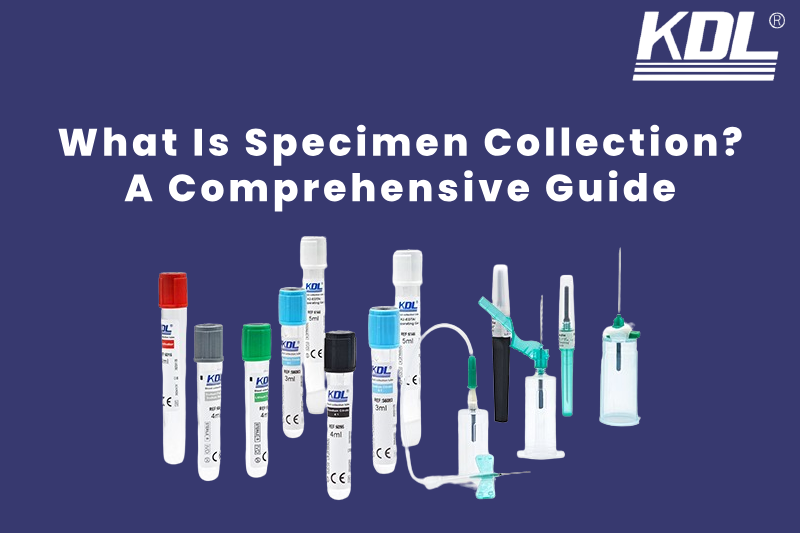
In the fields of diagnostics and medical research, collecting specimens is the most important initial step. It makes sure that everything from blood tests to genetic tests gives accurate, useful findings. If you’re a healthcare worker, a lab manager, or just want to know how current diagnostic procedures function, you need to know the fundamentals of specimen collection and the instruments and services that support it.
This guide will explain what specimen collecting is, how it works, the numerous products that are accessible, and how to pick the best ones for you.
What Is Specimen Collection?
Specimen collection is the process of collecting biological samples from a patient or subject for medical testing, diagnosis, research, or legal examination. These samples may include:
- Blood
- Urine
- Saliva
- Stool
- Sputum
- Swabs (nasal, throat, buccal)
- Tissue samples
- Hair or nail samples
After being collected, these samples are sent to labs to be analyzed for infections, genetic markers, chemical imbalances, or other signs of health and sickness.
Why Is Proper Specimen Collection So Important?
- Ensures accurate diagnosis
- Prevents contamination or degradation
- Supports legal and regulatory compliance
- Reduces the risk of false positives/negatives
- Enhances patient safety and comfort
Even the most advanced lab tests can’t compensate for a poorly collected or mishandled sample. That’s why choosing the right tools and services is critical.
Understanding the Different Types of Specimen Collection Devices
In the clinical laboratory and diagnostic setting, accurate specimen collection is the foundation of reliable test results. The devices used for collecting blood and urine specimens are specialized to ensure sample integrity, safety, and ease of use. Whether you’re a healthcare professional, phlebotomist, or student, understanding the various specimen collection devices is essential.
We’ll break down the key types of specimen collection devices commonly used in healthcare settings, focusing on both blood and urine collection tools.
Blood Collection Devices
1. Blood Collection Needle with Safety Device
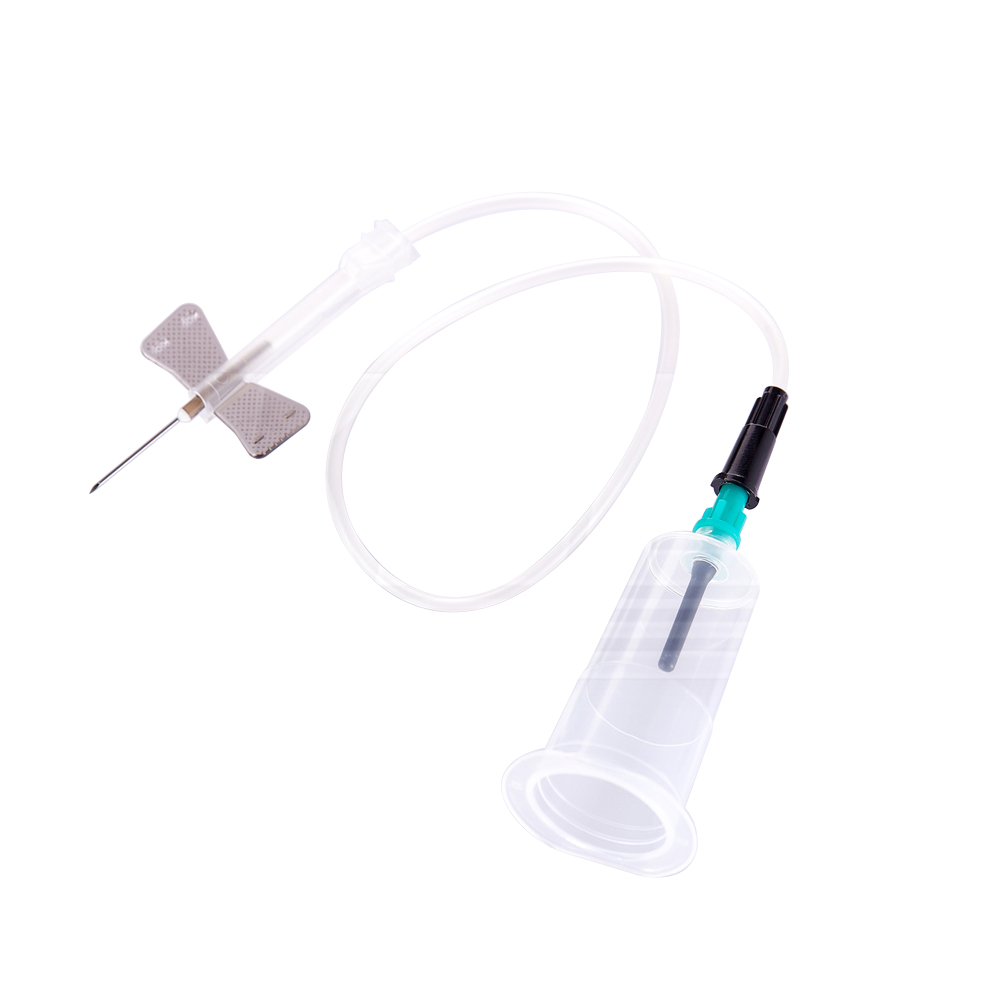
This is a Blood Collection Needle with Safety Device for venipuncture that includes an integrated safety mechanism. The safety feature-such as a retractable needle or protective sheath-helps prevent accidental needlestick injuries after blood is drawn.
- Used For: Venous blood collection
- Safety Benefit: Reduces risk of occupational exposure to bloodborne pathogens
- Example Features: Single-use, auto-shielding, ergonomic design
2. Safety Blood Collection Needle
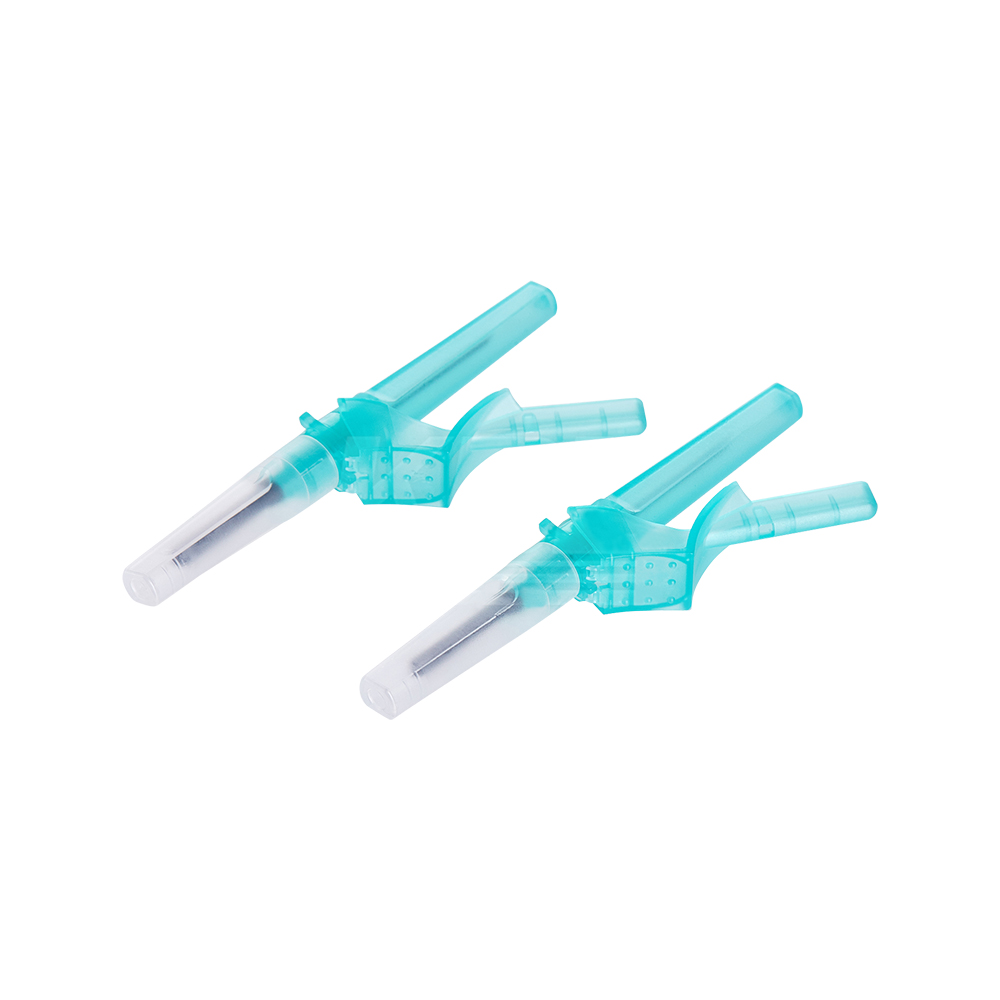
This Safety Blood Collection Needle device is similar to the needle above but often highlights compliance with regulatory safety standards, such as OSHA. It may include additional engineering controls to minimize risk.
- Used In: High-safety environments like hospitals and trauma centers
- Benefit: Enhances phlebotomist and patient safety
3. Blood Collection Tube

These vacuum-sealed blood tubes are designed to draw and store a specific volume of blood directly during collection.
- Color-Coded Caps: Indicate different additives (e.g., EDTA for CBC, heparin for chemistry)
- Variants: Plain, clot activator, anticoagulant tubes
- Sterility: Essential to avoid contamination
4. Blood Collection Holder
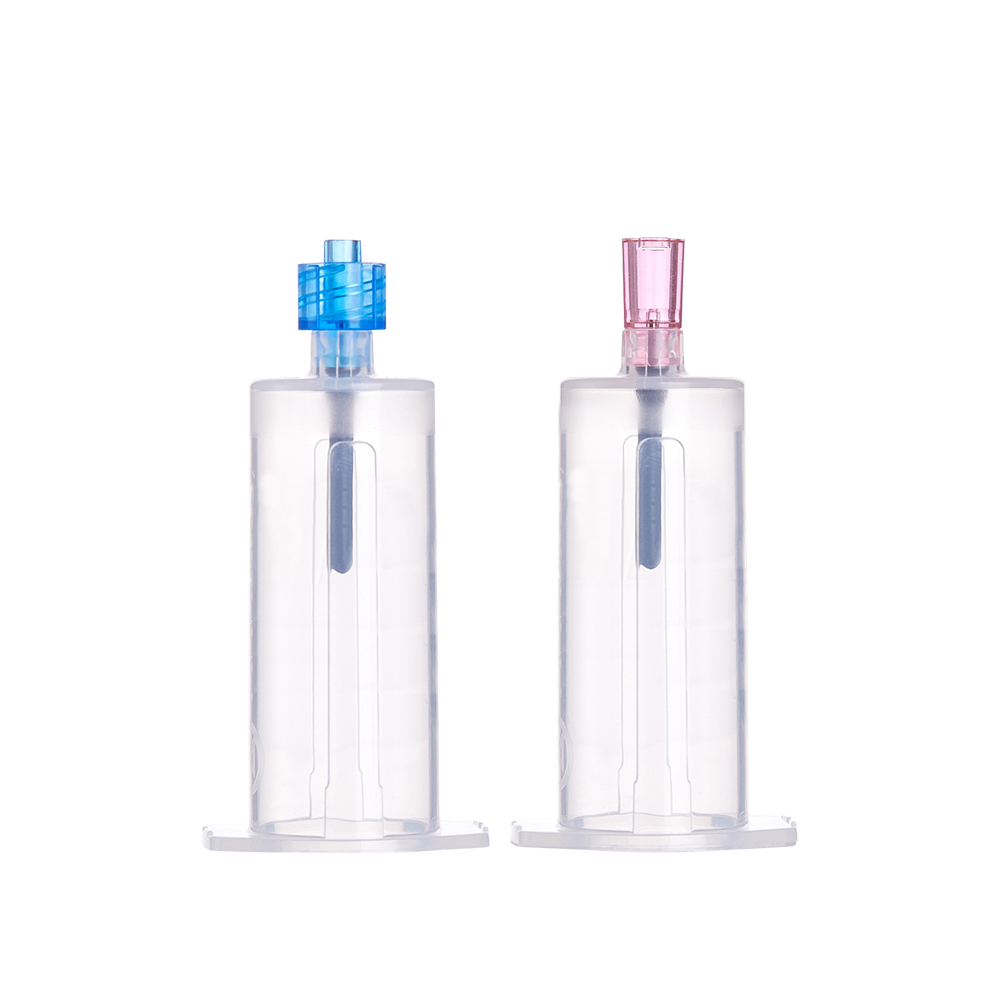
Often referred to as a blood tube holder or adapter, this device connects the blood collection needle to the tube. It helps secure the tube and needle during the blood draw.
- Disposable: To maintain hygiene and prevent cross-contamination
- Functionality: Ensures efficient and steady collection
5. Micro Blood Collection Tubes

When venipuncture isn’t possible-such as in infants, elderly patients, or those with difficult veins-micro blood collection tubes are used for capillary blood samples.
- Use Cases: Pediatrics, point-of-care testing
- Cap Types: Color-coded, like standard blood tubes
- Volume: Holds a small quantity (usually under 1 mL)
Urine Collection Devices
6. Urine Container
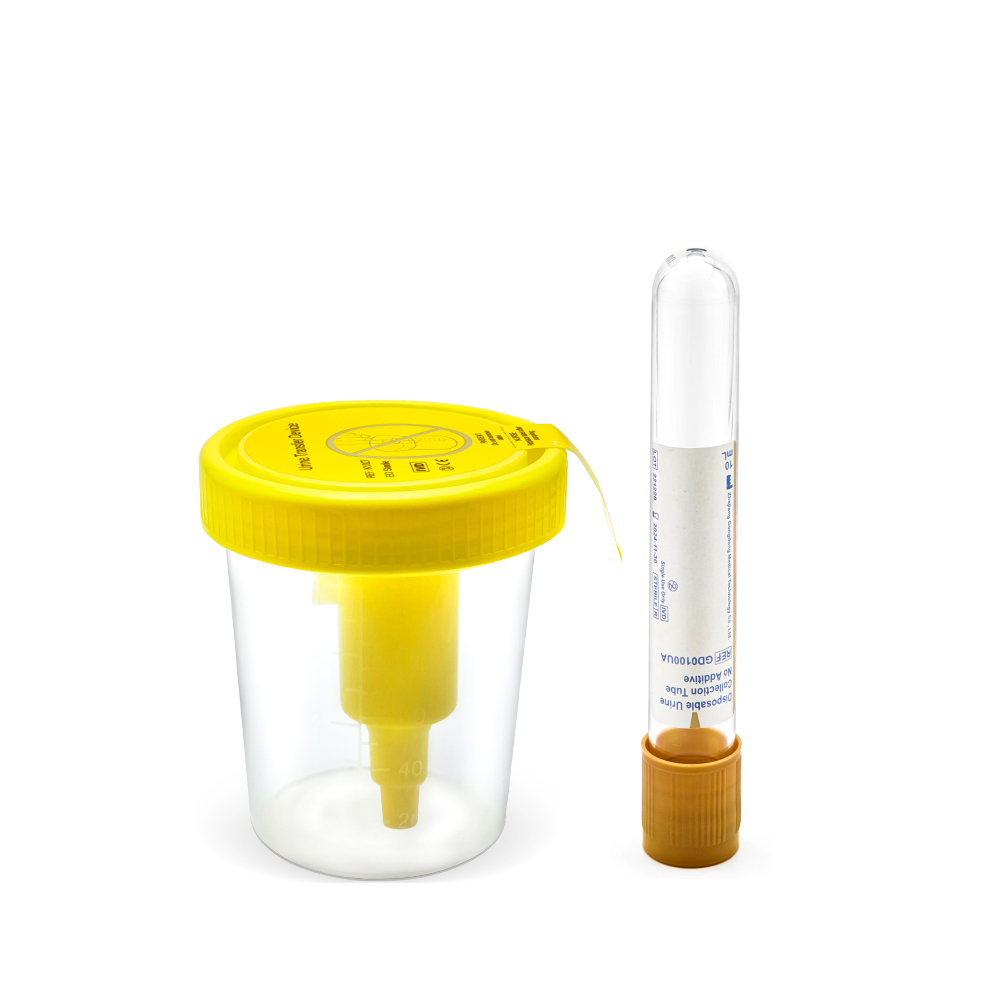
This is the most basic and commonly used urine collection device-a sterile, wide-mouth plastic container designed for easy sample collection.
- Capacity: Typically 30-100 mL
- Design: Leak-resistant screw cap and labeling area
- Use Case: Routine urinalysis, culture tests
7. Urine Tube
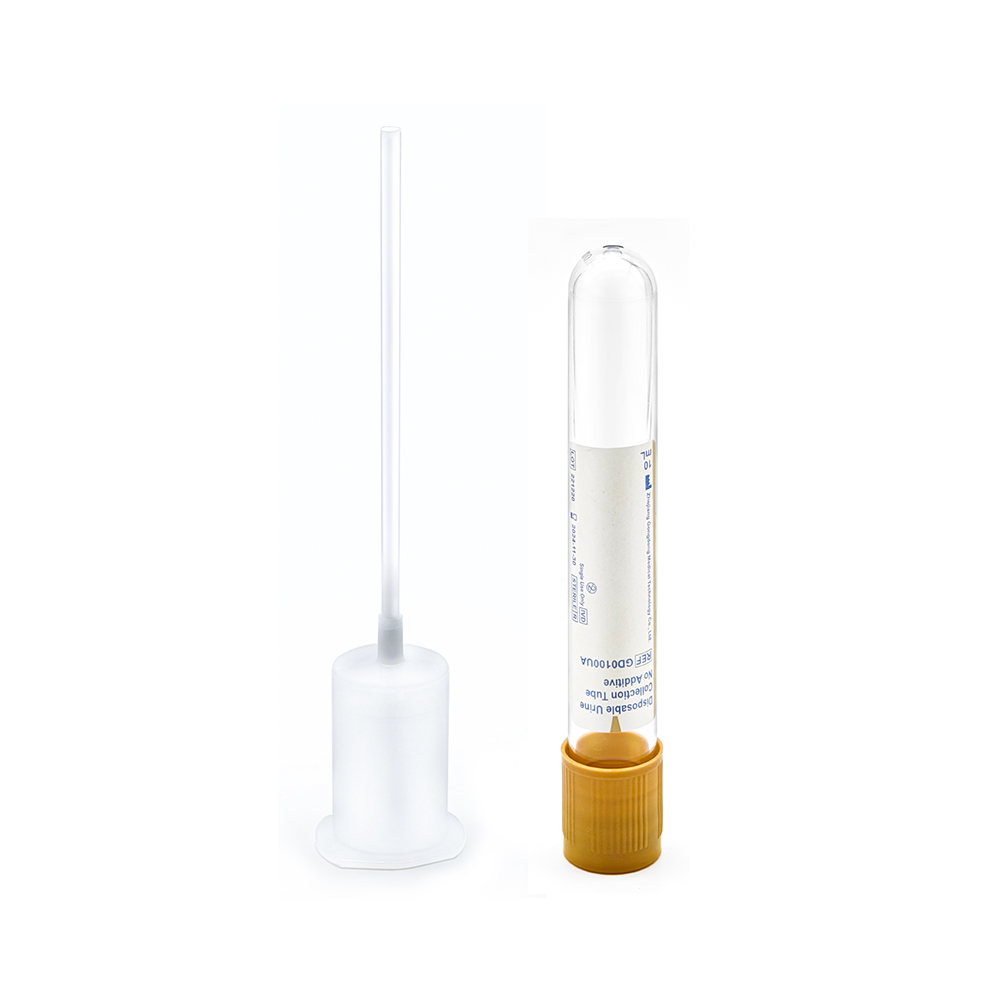
These narrow vacuum urine tubes are used to transfer and store urine from the original container. Often, the transfer is done using a straw or vacuum system, maintaining sterility.
- Benefit: Compatible with automated analyzers
- Used In: Lab processing and sample transportation
- Additives: May include stabilizers depending on test requirements
Choosing the right specimen collection device is crucial not only for the accuracy of lab results but also for the safety of healthcare professionals and patients. Understanding each device’s function, design, and use case allows for efficient, safe, and effective diagnostic workflows.
Key Features of High-Quality Specimen Collection Devices
The best specimen collection tools go beyond basic functionality. Here’s what distinguishes premium-grade products:
- Sterility Assurance: Individually packed to prevent contamination
- Leak-proof Sealing: Prevents spills and ensures safe transport
- Clear Labeling Areas: Aids in accurate identification and traceability
- Material Durability: Crack-resistant and chemically neutral plastics
- Volume Indicators: Help technicians collect the right quantity every time
At KDLNC, all our specimen collection products are designed to meet or exceed international medical standards (ISO, CE, FDA), ensuring confidence with every collection.
Compliance & Quality Standards: What to Look For
In a regulated setting, compliance is not optional; it is imperative. Products for collecting specimens must meet strict industrial requirements, such as:
- CE Marking and FDA Registration: Shows that the product meets safety and performance standards.
- ISO Certification: ensures that manufacturers create gadgets using a robust quality management system.
- Cleanroom Production: Lowers the chance of contamination by particles or microbes throughout the production process.
- Sterility and Batch Testing: Each batch of products must undergo strict sterility tests and quality control procedures.
Choosing compliant and approved solutions not only helps with clinical accuracy, but it also protects healthcare institutions from legal and reputational problems that come with not following the rules.
Applications of Specimen Collection Devices Across Medical
Specimen collecting tools are necessary in several medical settings:
- Hospitals and emergency rooms are places where timely and correct diagnoses are very important.
- Diagnostic Laboratories: Depend on the samples’ quality and consistency.
- Clinics and doctor’s offices need devices that are easy to use and work well for daily testing.
- Testing at home and at the point of care: Requires secure, tamper-proof packaging that is easy to transport.
As a manufacturer and supplier specimen collection product, catering to these varied needs with a comprehensive product line adds value to your offering.
Final Thought
Accurate diagnostics start with reliable specimens, and that starts with trusted collection tools. Whether you operate a hospital, laboratory, or distribution center, you must never compromise on quality during the collection stage. In a healthcare environment increasingly focused on outcomes, safety, and efficiency, the right specimen collection devices are not just tools-they’re essential partners in care.
At KDLNC, we are committed to innovation, safety, and reliability. Our wide range of specimen collection solutions is designed to support clinical excellence from the very first step.
Ready to upgrade your specimen collection tools?
Browse our Specimen Collection product range today to explore our solutions.
 +86-791-8686-1216
+86-791-8686-1216 

